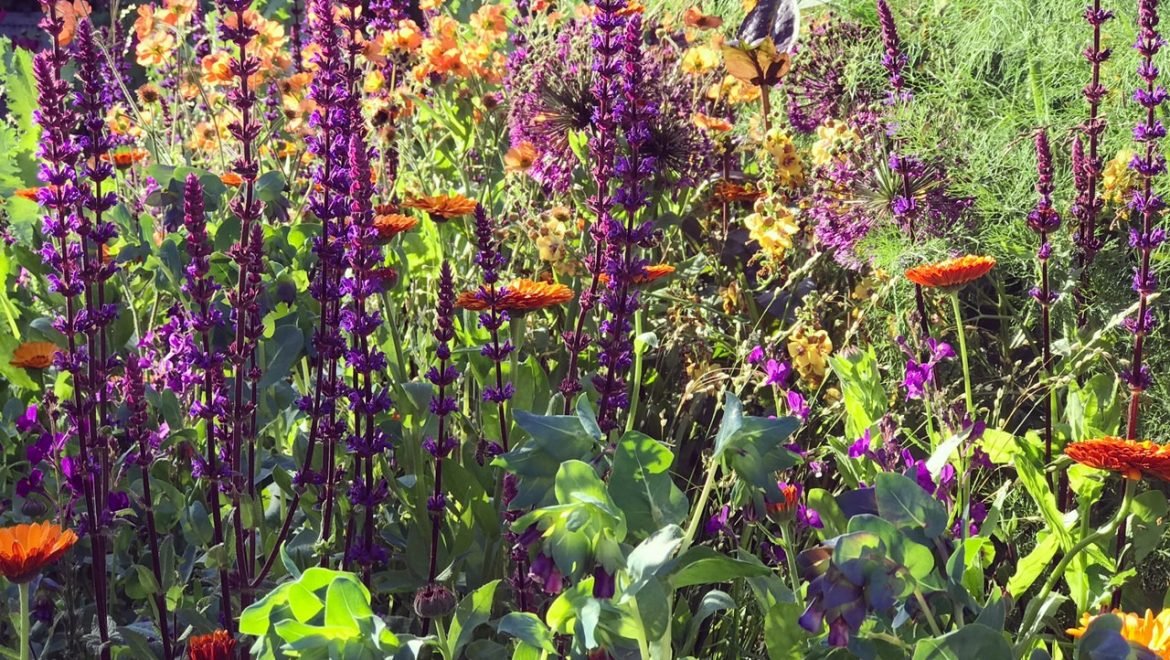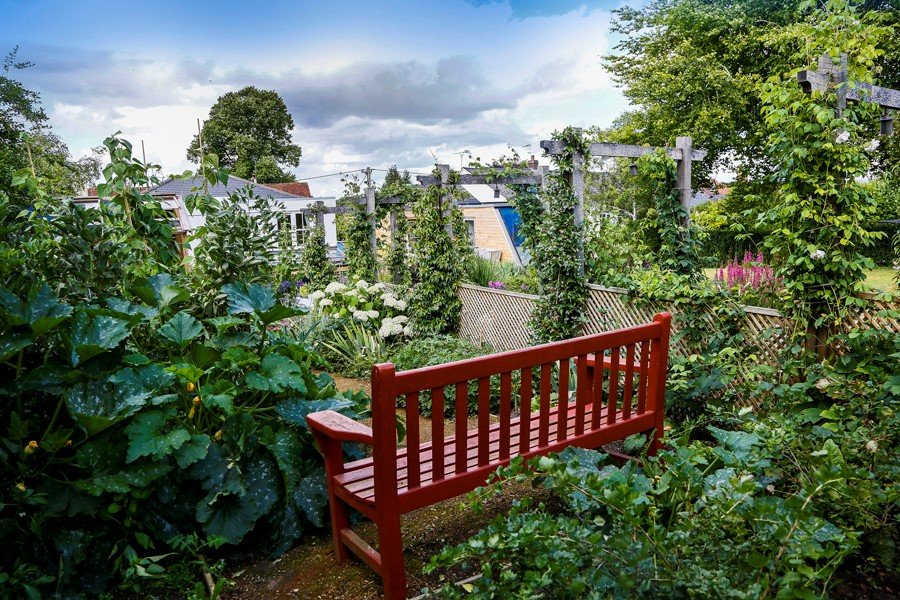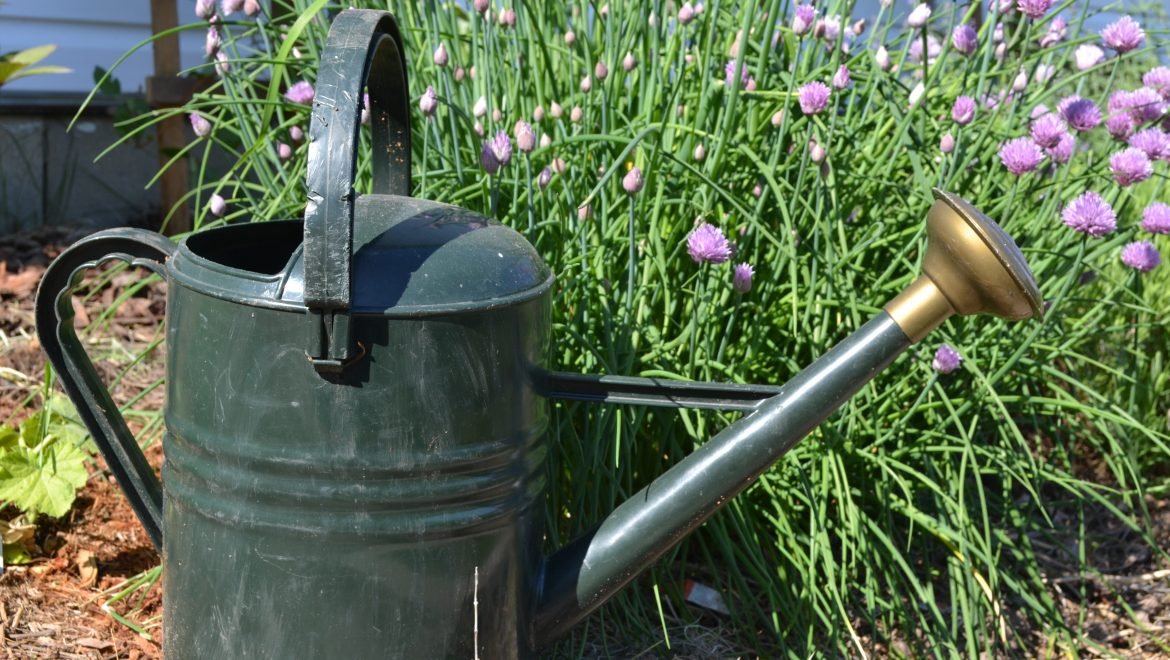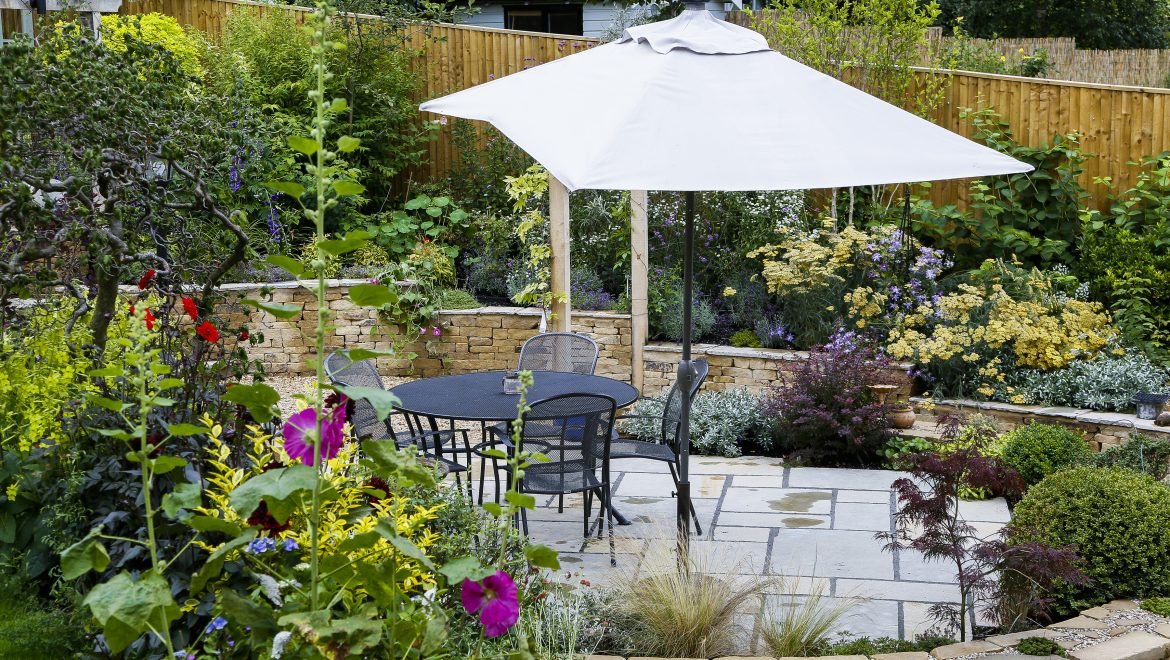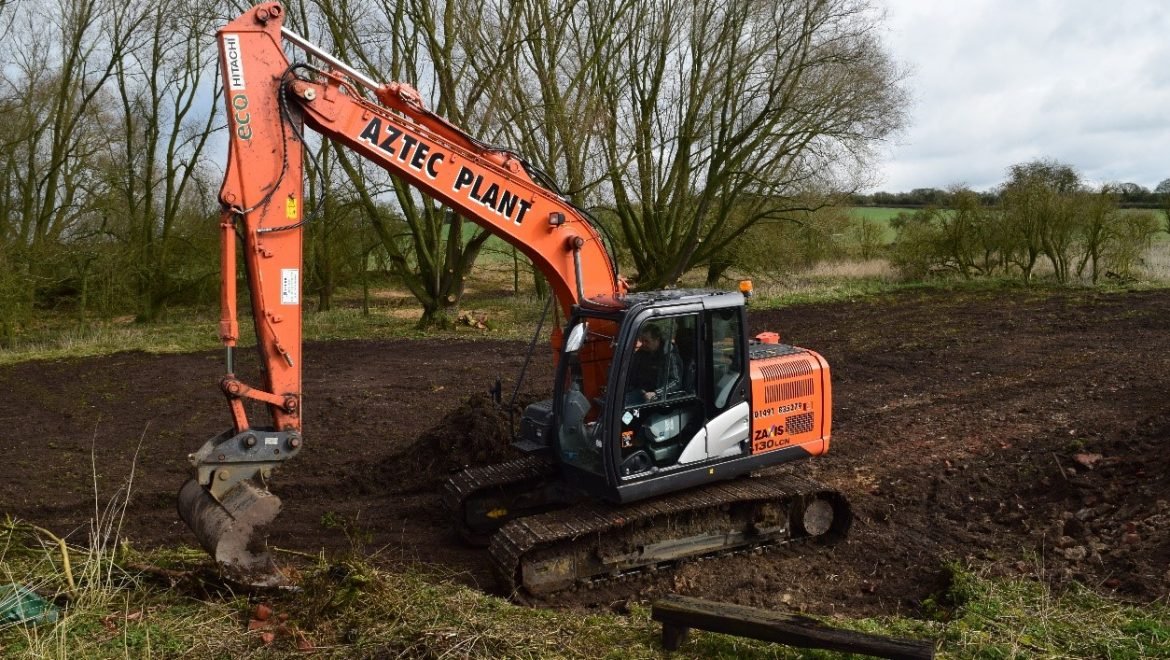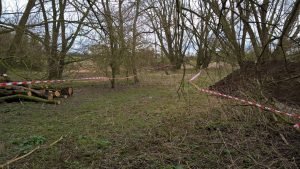Sleek and contemporary design for outdoor living
Sleek design, contemporary materials and a specific colour palette were used to create a feeling of space that brings this garden into the home.
When Nicola and Trevor moved into their new home, they had a very clear idea of how they wanted their garden to be transformed to allow them to enjoy it with friends and family all year round. With full length windows and glazed doors leading from the main living room, they wanted their new garden to feel like an extension to their beautiful, modern home while creating a dramatic look and a haven for wildlife. The brief was to combine hard and soft landscaping features within a clean and structured design while providing an informal and relaxed feel to the garden.


